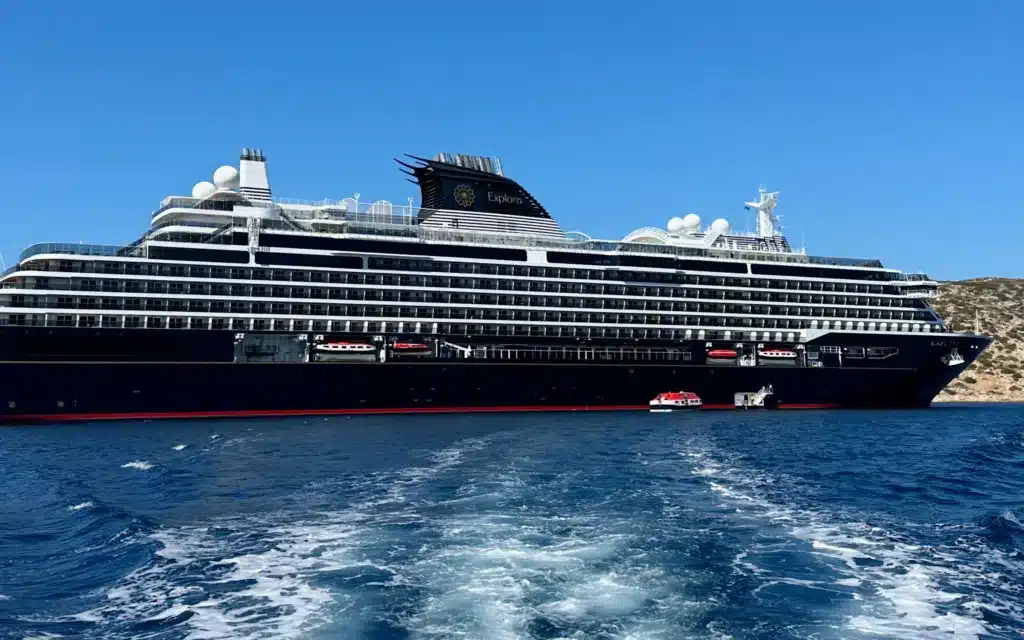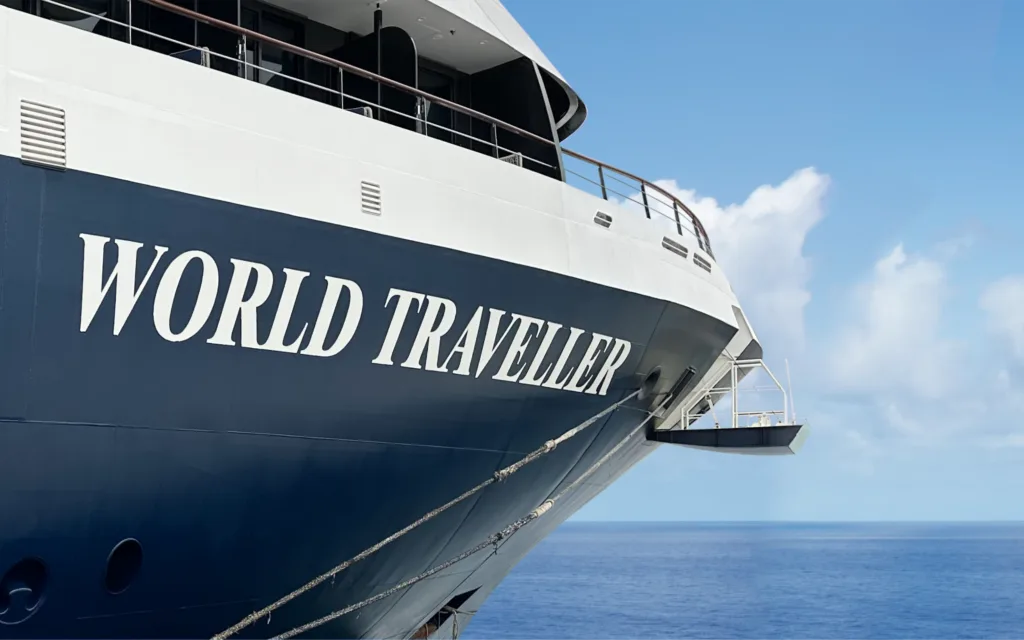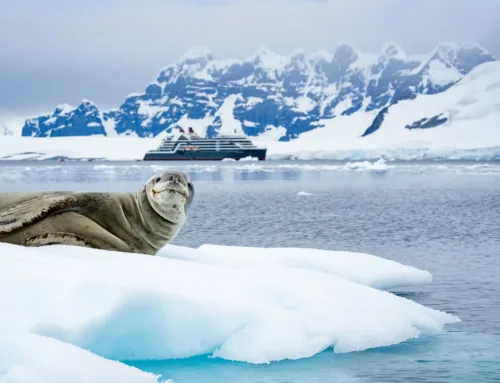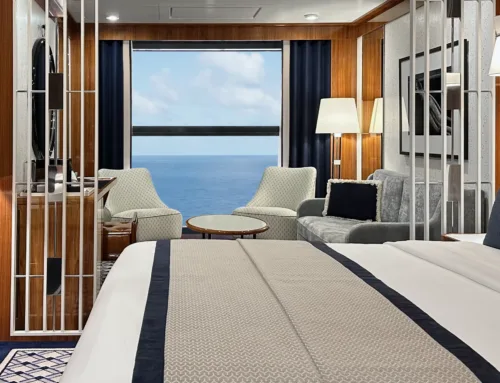The luxury fleet triples as affluent cruise guests seek more intimate experiences
In an era where experiential luxury is paramount, the cruise industry is navigating impressive growth across all segments, with its luxury and expedition categories leading the tide of transformation. The latest data from Cruise Lines International Association’s 2025 State of the Cruise Industry Report reveals that luxury cruising has undergone a remarkable metamorphosis – the fleet has more than tripled since 2010, from just 28 ships to 97 vessels in 2024.

This dramatic expansion reflects a broader trend reshaping how discerning cruise guests approach ocean voyages. No longer content with merely visiting multiple destinations in comfort, today’s affluent passengers seek exclusive, meaningful journeys that offer both intimacy and enrichment.
Indeed, the luxury cruise segment is experiencing unprecedented growth. By 2028, the industry forecasts 1.5 million passengers will choose luxury cruise experiences – a significant evolution for a segment that began with just a handful of bespoke vessels.
Economic impact surges beyond pre-pandemic levels
This expansion is occurring alongside the industry’s impressive overall recovery and growth. Global economic impact from cruise tourism reached $168.6 billion in 2023 – surpassing pre-pandemic levels by 9%. Europe and North America continue to dominate the market, accounting for 77% of this impact.
Perhaps most telling is the changing demographic of cruise passengers. While the average cruiser is 46.5 years old, the real story lies in the enthusiasm of Gen-X and Millennials, who show the strongest intent to cruise again at 84% and 83% respectively. This signals a generational shift that luxury cruise lines are keen to accommodate.
The report identifies that younger affluent guests are embracing cruising, particularly in the luxury and expedition segments. These passengers are booking further in advance and staying longer in port cities, which creates substantial economic benefits for destinations.
Expedition cruising captures the adventure-luxury market
The expedition cruise category – featuring purpose-built vessels designed for exploration in remote regions – has seen a 150% growth in capacity since 2019. This coincides with passenger numbers in expedition cruising increasing by 22% between 2023 and 2024 alone.
These smaller ships, typically accommodating fewer than 300 guests, are visiting exotic destinations from Antarctica to the Galapagos, attracting adventure-minded travelers who wouldn’t have considered cruising a decade ago.
Port cities benefit from extended stays and luxury spending
For ports and destinations, this evolution brings substantial benefits. The report highlights that 60% of cruise passengers stay at least one night pre-cruise in the embarkation city, with 54% staying post-cruise – roughly two-thirds opting for hotels. This extends the economic impact well beyond the ships themselves, creating opportunities for luxury properties and experiences in port cities.
The future is bright – and balanced
Looking ahead, the orderbook for new vessels indicates the industry’s confidence in the high-end market. In 2025 alone, 11 new ships will join the global fleet with a combined investment of $10.2 billion. Between 2025 and 2036, an estimated 56 new vessels representing a $56.7 billion investment will enter service.

Notably, the industry is maintaining a balance of ship sizes, with more than 70% of current and future vessels being small to mid-size ships. This contradicts the common misconception that the future of cruising is exclusively mega-ships. By 2036, approximately 34% of cruise ships will be small vessels with under 1,000 passengers (double occupancy), with another 35.5% in the mid-size range of 1,000-3,000 passengers.
A sustainable approach
Sustainability remains a central focus, with cruise lines following a three-pillar approach: reducing emissions in port and at sea, investing in environmental technologies onboard, and partnering with cities and ports on responsible tourism. The industry is investing billions in propulsion technologies with conversion capabilities to accommodate future low to zero-GHG fuels, once available at scale.
Summing up
For the luxury vacationer considering a cruise in 2025 or beyond, the choices have never been more enticing. From intimate vessels carrying fewer than 200 guests to premium mid-size ships offering expansive suites and tailored service, the cruise industry has evolved to provide experiences that rival – and often surpass – land-based luxury travel in value, exclusivity, and enrichment.
With strong bookings reported across premium, luxury, and expedition segments, and nearly half of all cruise passengers intending to select longer voyages than their previous sailing, the renaissance of luxury cruising appears poised to continue its impressive trajectory for years to come.










